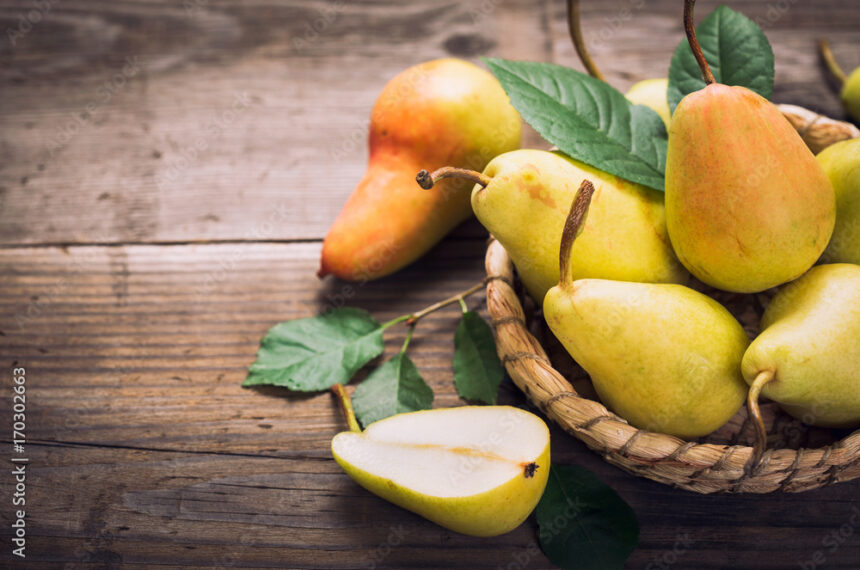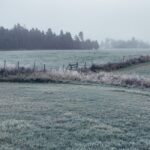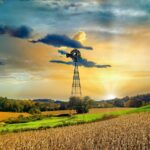When it comes to identifying symptoms of Pear Psylla infestation in pears, there are several key signs to look out for. Pear Psylla (Cacopsylla pyricola) is an insect pest that primarily affects pear trees. Here are some symptoms to watch for:
- Leaf Damage: Pear Psylla nymphs and adults feed on the leaves of pear trees. Infested leaves may show signs of stippling, yellowing, or browning. Severe infestations can lead to defoliation.
- Sooty Mold: Pear Psylla excrete a sticky substance known as honeydew, which can accumulate on leaves, branches, and fruit. Sooty mold often develops on the honeydew, appearing as a black, powdery coating.
- Warty Growth: Pear Psylla feeding can cause the formation of small, raised bumps or warty growths on the surface of the fruit. These growths, known as psylla nodules, can be an indicator of infestation.
- Stunted Shoots: If your pear tree is infested with Pear Psylla, you may notice the presence of stunted or distorted shoots. This can result from the insects feeding on the plant tissue.
- Sticky Residue: As mentioned earlier, the honeydew excreted by Pear Psylla leaves a sticky residue on the affected parts of the tree, including leaves, branches, and fruit. If you notice a sticky substance on your pear tree, it could be a sign of infestation.
- Eggs and Nymphs: In some cases, you may be able to spot the tiny, yellowish Pear Psylla eggs or nymphs on the undersides of leaves or on shoots. The eggs are usually laid in groups and can be challenging to detect without close inspection.
If you observe any of these symptoms on your pear trees, it is advisable to take action promptly to control the Pear Psylla population. Consult with a local agricultural extension office or a professional arborist for appropriate management strategies and treatment options.
Join 'Farmers Mag' WhatsApp Channel
Get the latest Farming news and tips delivered straight to your WhatsApp
CLICK HERE TO JOIN






